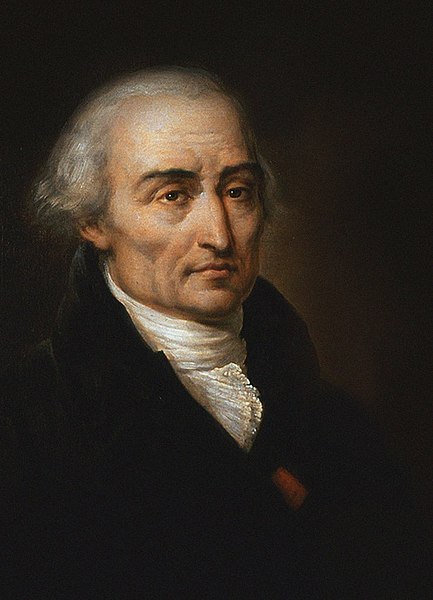In common usage and classical mechanics, a physical object or physical body is a collection of matter within a defined contiguous boundary in three-dimensional space. The boundary surface must be defined and identified by the properties of the material, although it may change over time. The boundary is usually the visible or tangible surface of the object. The matter in the object is constrained to move as one object. The boundary may move in space relative to other objects that it is not attached to. An object's boundary may also deform and change over time in other ways.
A bubble of exhaled gas in water
Classical mechanics is a physical theory describing the motion of objects such as projectiles, parts of machinery, spacecraft, planets, stars, and galaxies. The development of classical mechanics involved substantial change in the methods and philosophy of physics. The qualifier classical distinguishes this type of mechanics from physics developed after the revolutions in physics of the early 20th century, all of which revealed limitations in classical mechanics.
Sir Isaac Newton (1643–1727), an influential figure in the history of physics and whose three laws of motion form the basis of classical mechanics
Lagrange's contribution was realising Newton's ideas in the language of modern mathematics, now called Lagrangian mechanics.
Hamilton developed an alternative to Lagrangian mechanics now called Hamiltonian mechanics.




